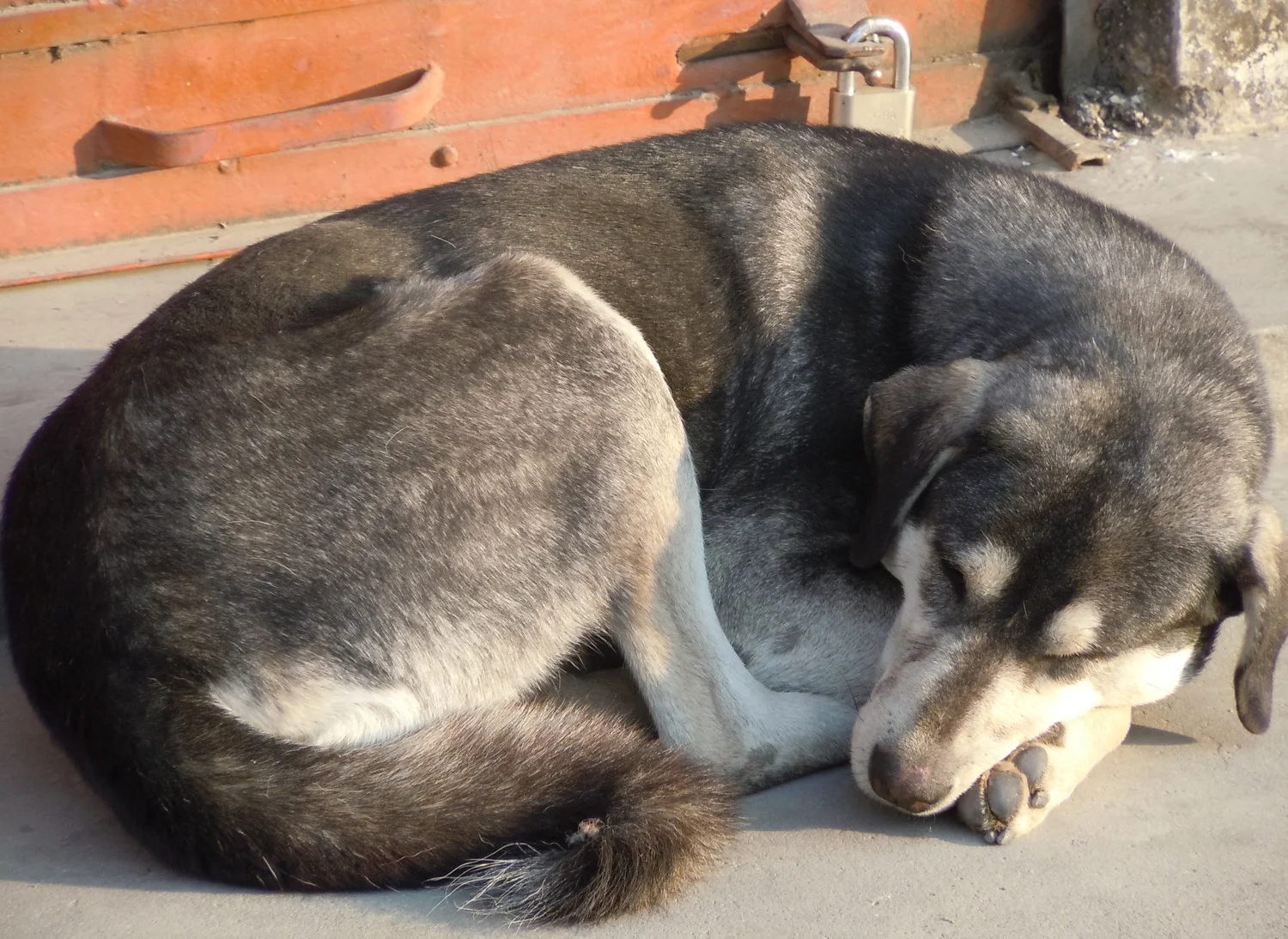Every single war has its refugees. You leave the place you call home for an unknown, and often hard won safety, which often doesn’t feel safe, even when it is. Whether you must leave the country or town you call your home or whether you must abandon the self that you once knew. Either way it is fast, and there is no going back. There is no war without some sort of flight. And through flight you are changed.
Flight at its worst is yet another horrible trauma. I know of families, the Vietnamese Boat People, who fled Vietnam in boats. We always thought that once they were in the boats they had gotten out. I have since learned of the unspeakable atrocities they endured during their journey, as bad or sometimes worse than the war itself. Their journey was yet a different war. And the Cambodians I met who also had survived a terrible genocide only to endure a terrible journey to the Thai border and then often years in the refugee camps.
Flight at its best is bittersweet. This weekend I heard stories from people who fled West during World War II at the end of the war who were taken in by host families—given beds and food and time and care. Kindness after horror is almost always bittersweet: there is such relief to feel kindness and have hope once again in humanity—but it is also true that in relief that you can also suddenly feel the loss of what has happened.
But the first kindnesses after flight are typically physical and practical: food, water, shelter, sleep--relative safety. These are obvious necessities for war refugees, but they are also the foundation for the refugee of any trauma: when you been torn from or had to abandon your old self or your old life because of trauma. This could be violence, it could be an complicated illness or a tragic death. You are suddenly torn from the life you knew and now find yourself wandering elsewhere without a map. What every single refugee needs, regardless of trauma are these very physical and practical things. You can’t heal from trauma without this start.
Flight is often a complete and overwhelming blur of experiences that don’t seem to connect. You are finally able to sleep as you haven’t slept in days or years—only to wake up and find that it all really happened. You are in a world you didn’t choose and you can’t go back. You recognize the help and kindnesses of others and you know they are good, but often you cannot feel it. And that is as it should and must be. All of your energy must go to the physical and the practical. All the rest of your energy can go to securing a foothold in hope and the future. Only when these things are stable can you begin to feel the good—because our feeling bodies cannot manage selectivity: either we feel in a range of feelings or we don’t feel. For better or worse our capacity to really experience our feelings is all or nothing.
Which is why flight from trauma is a very long journey. Yes, you may be physically safe—with food and water and shelter. And you may feel real relief for the safety you experience compared to your war. But it may be months or years even decades until you feel in your heart, in your being that you are home, that you belong, that you are no longer at war or fleeing or preparing for another war or another flight. You must wait until you are safe enough and strong enough to make the next step of your journey into healing.
© Gretchen L. Schmelzer, PhD 201




